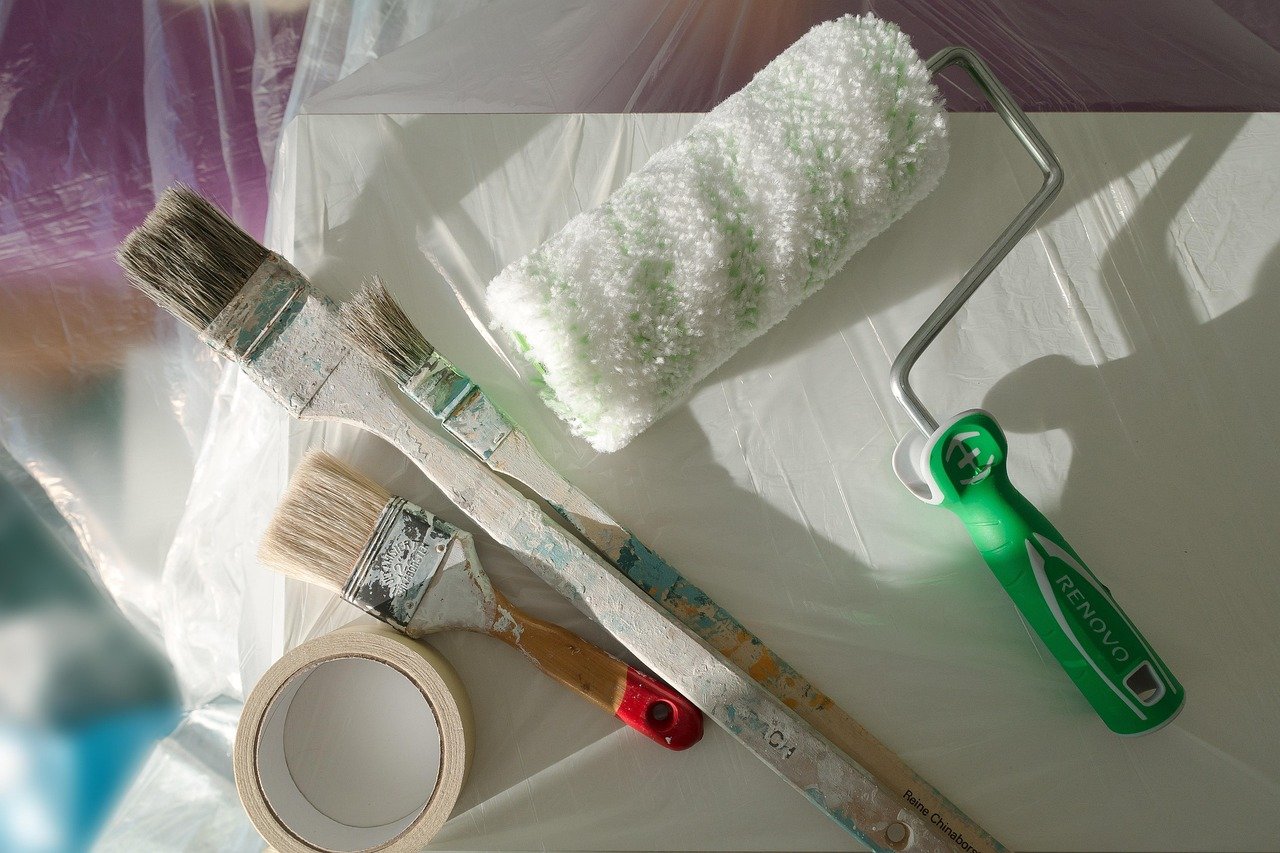Forced Appreciation: How Strategic Renovations Boost Your Rental Property Equity
For many new investors, low LTV properties can provide a solid cashflow but limited surplus each month. One of the smartest ways to increase your property value and rental income is through forced appreciation — improving a property with renovations, updates, or cosmetic fixes. By using your own time, effort, and smart planning, you can add real equity without investing huge amounts of cash.
Take, for example, a small investor who buys a distressed property at 25% down. Cashflow is just break-even. By tackling key renovations — painting, flooring, kitchen, or bathroom upgrades — they not only make the property more attractive to tenants but also increase the rent they can charge. Over time, this builds equity and positions the property for long-term gains.
Why Renovations Matter
- Attract higher-quality tenants and reduce vacancy.
- Increase rent without increasing debt.
- Add tangible equity that grows your net worth.
- Allow you to improve a property in a decent neighborhood without paying full market price upfront.
Interactive Renovation ROI Table
Adjust the cost or projected rent increase to see how your renovations impact ROI:
Tips for Maximizing Forced Appreciation
- Focus on high-impact renovations first (kitchen, bathroom, paint, flooring).
- Do your own labor when possible to save money and increase ROI.
- Document improvements and expenses — they add to your property basis and equity.
- Combine with careful tenant selection to ensure rent increases stick.
By strategically applying time, effort, and money, even low-LTV properties can become cashflow-positive, attractive rentals that grow in value. Forced appreciation is a key tool in every investor’s toolkit.
